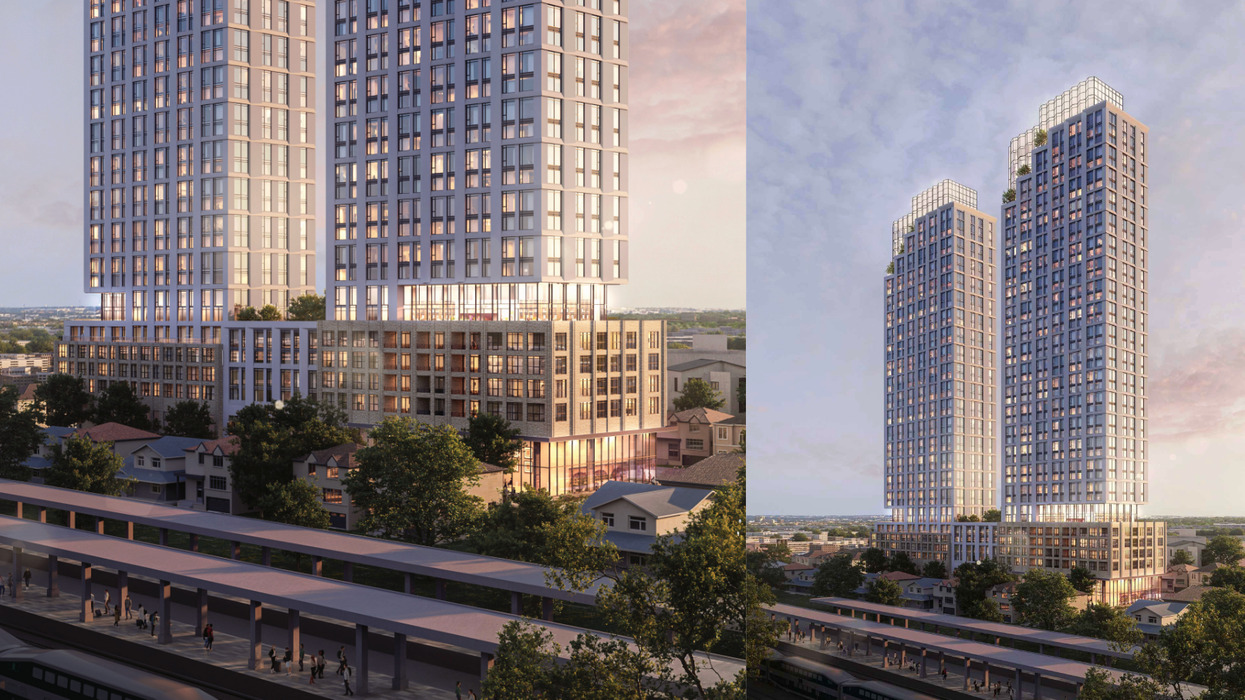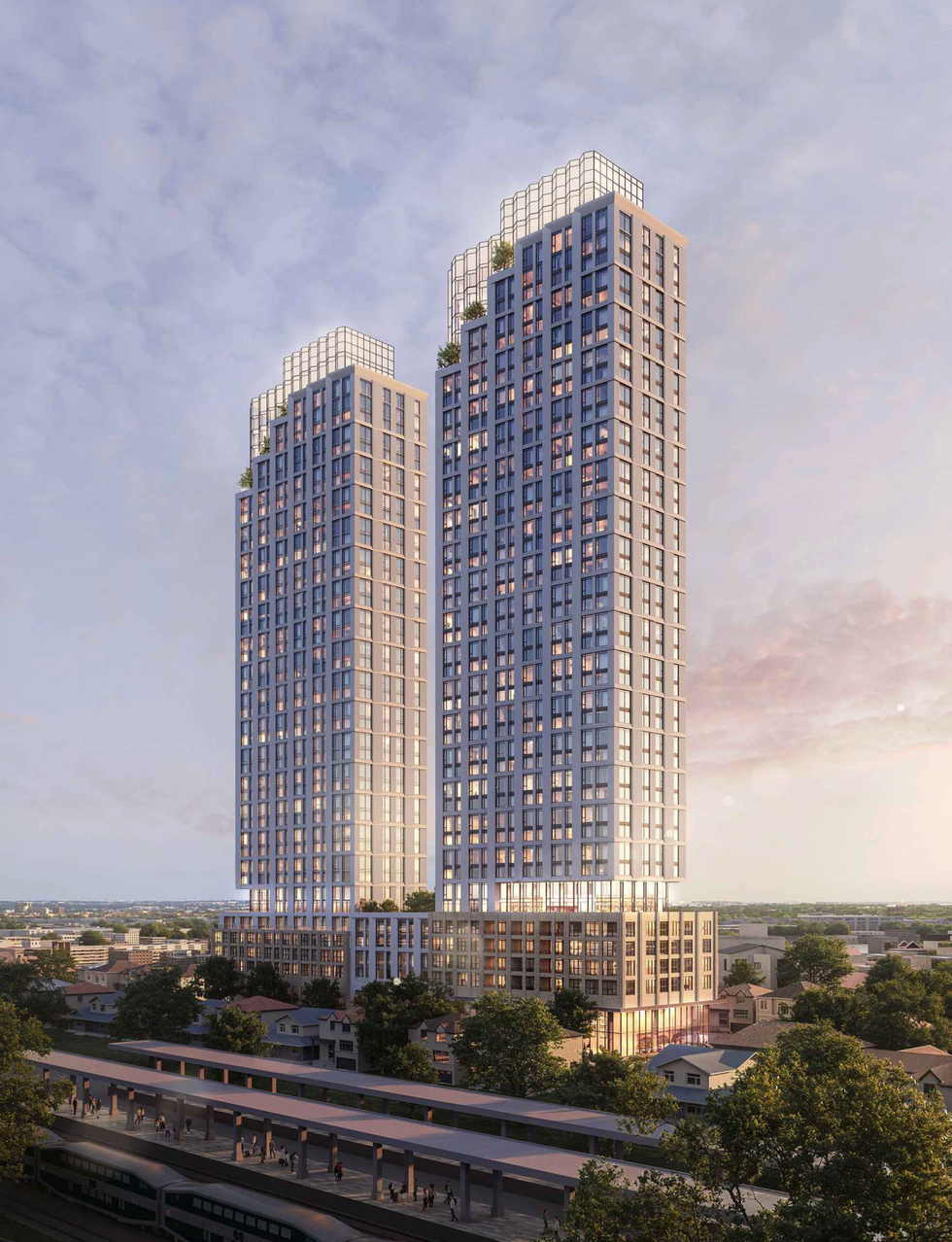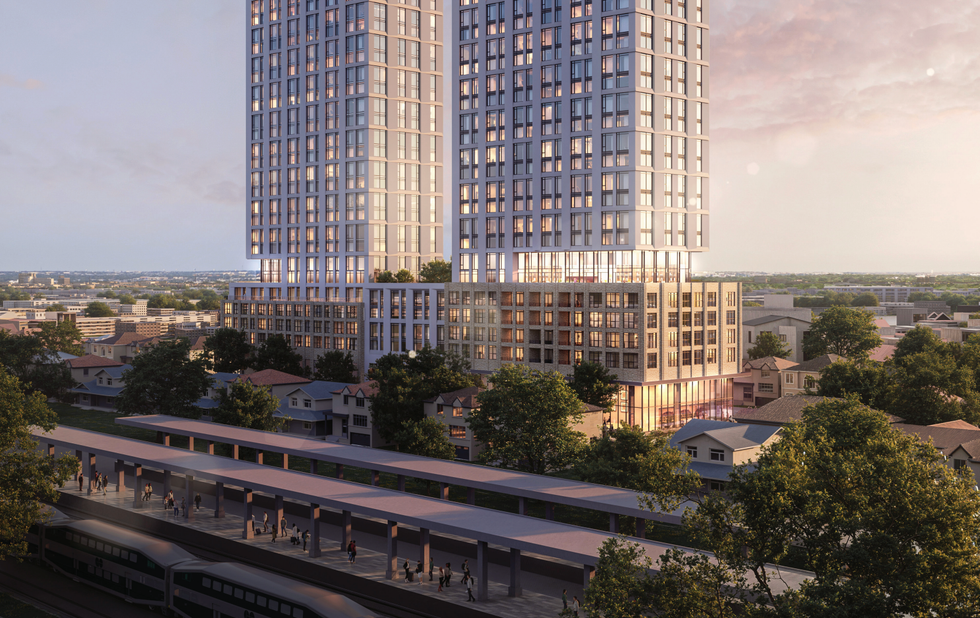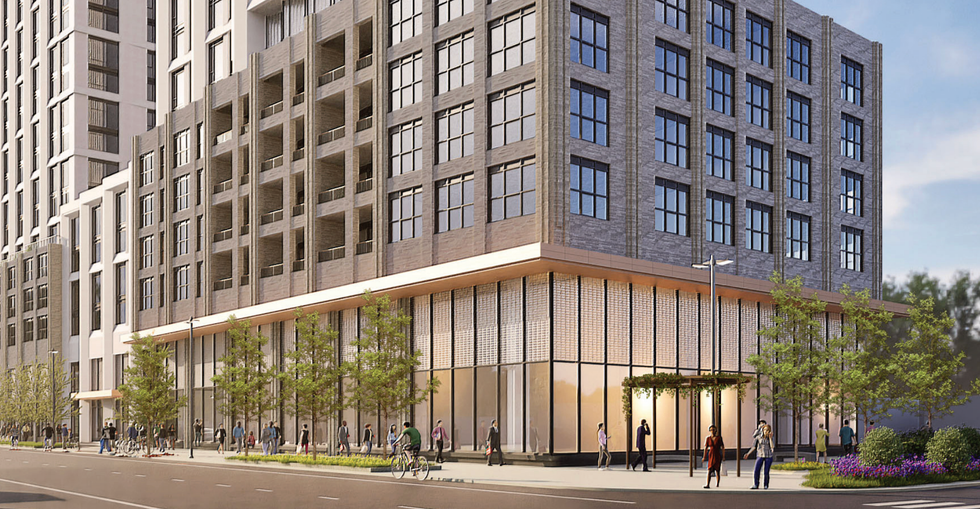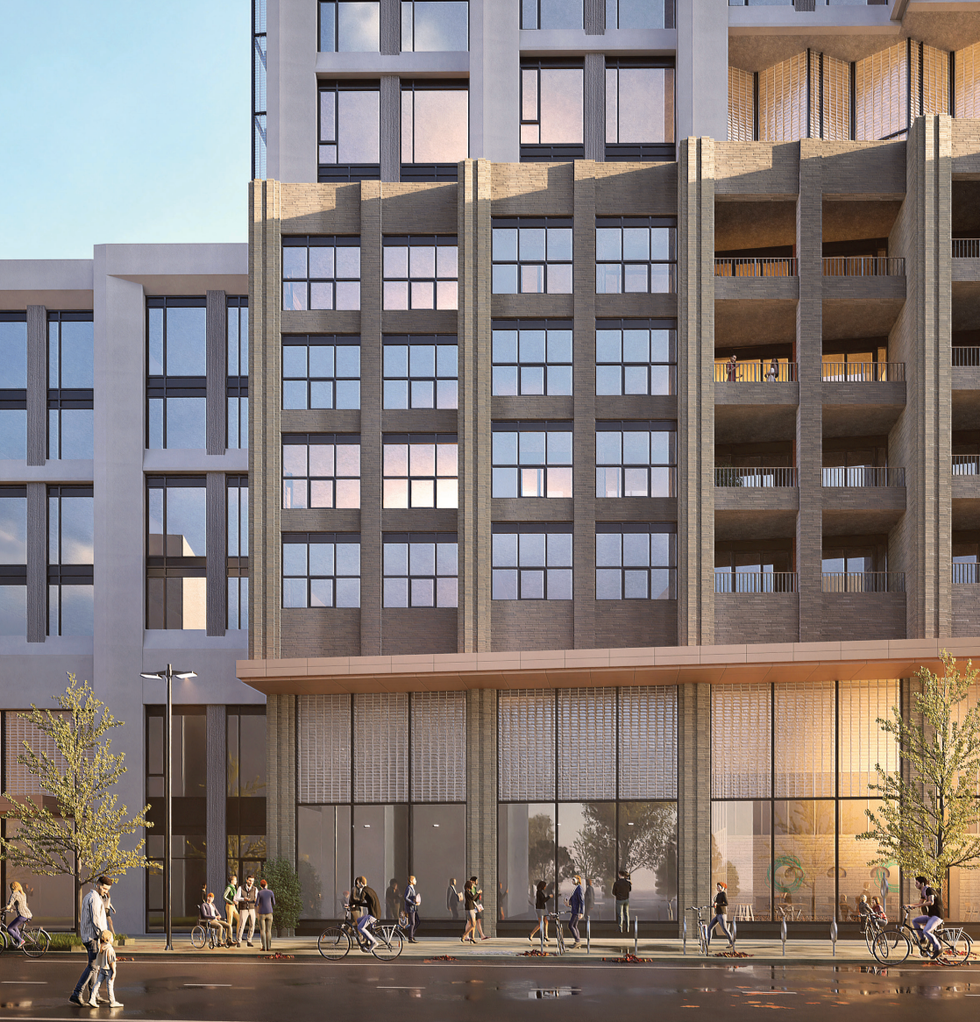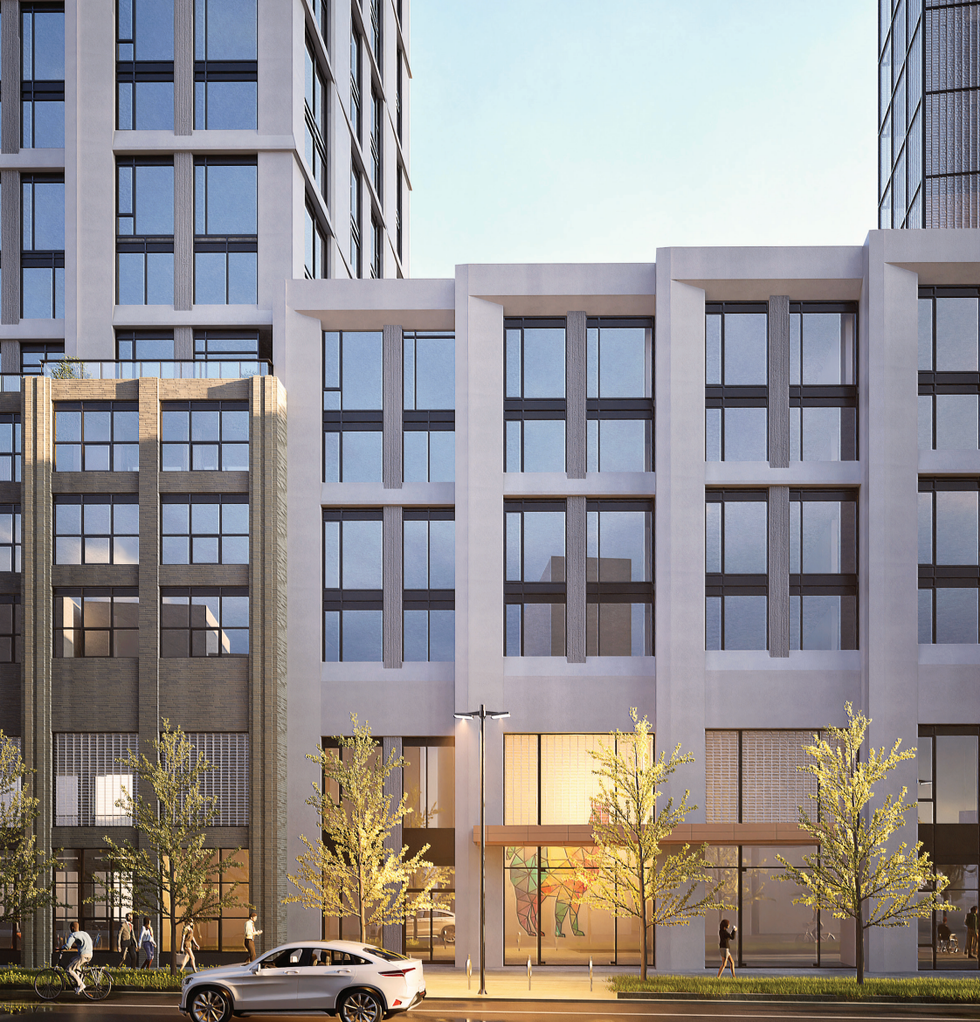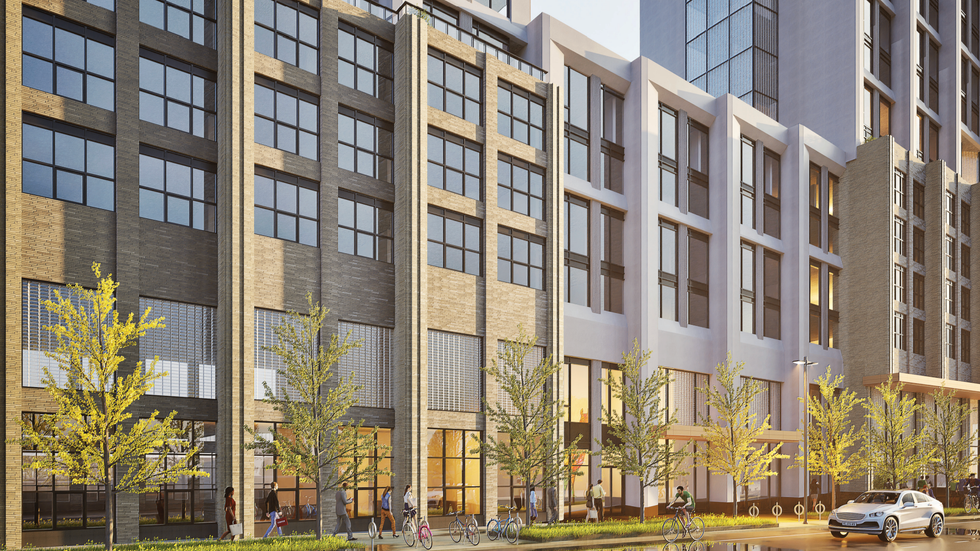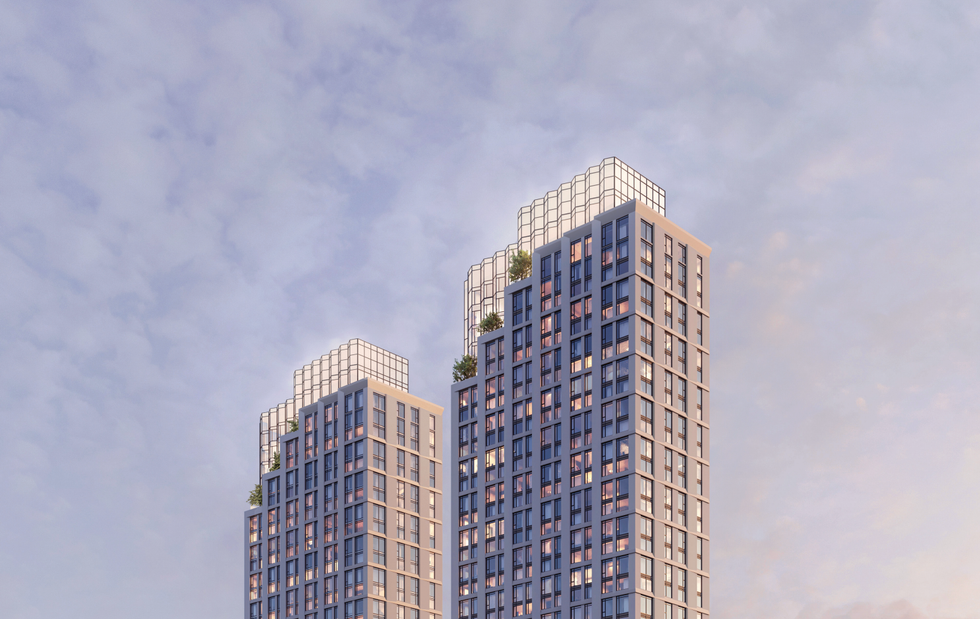Rent-to-Own Agreement
Understand how rent-to-own agreements work in Canada, their benefits and risks, and how they help renters transition into homeownership.

May 22, 2025
What is a Rent-to-Own Agreement?
A Rent-to-Own Agreement is a contract that allows a tenant to rent a property with the option—or obligation—to purchase it after a set period.
Why Do Rent-to-Own Agreements Matter in Real Estate
In Canadian real estate, rent-to-own agreements are often used by buyers who may not currently qualify for a mortgage but plan to do so in the future. These agreements typically include:
A lease term (usually 1–3 years)
- A portion of monthly rent set aside as a future down payment
- A locked-in purchase price or formula for future value
- An option or requirement to purchase at the end of the lease
Benefits for buyers include:
- Time to improve credit or save for a down payment
- Price certainty in a rising market
Risks and considerations include:
- Loss of credits if the purchase doesn’t proceed
- Responsibility for maintenance and insurance
- Higher monthly payments compared to standard rentals
Rent-to-own agreements must be carefully reviewed by legal and financial professionals to ensure fairness and clarity for both parties.
Example of a Rent-to-Own Agreement in Action
A family enters a rent-to-own agreement for a $600,000 home, paying $2,500 monthly, with $500 credited each month toward a future down payment.
Key Takeaways
- Combines renting with future buying option.
- Monthly rent may include credit toward purchase.
- Purchase terms are agreed upfront.
- Suitable for buyers building credit.
- Requires legal review to avoid pitfalls.
Related Terms
- Lease Option
- Home Purchase Agreement
- Down Payment
- Credit Score
- Alternative Financing
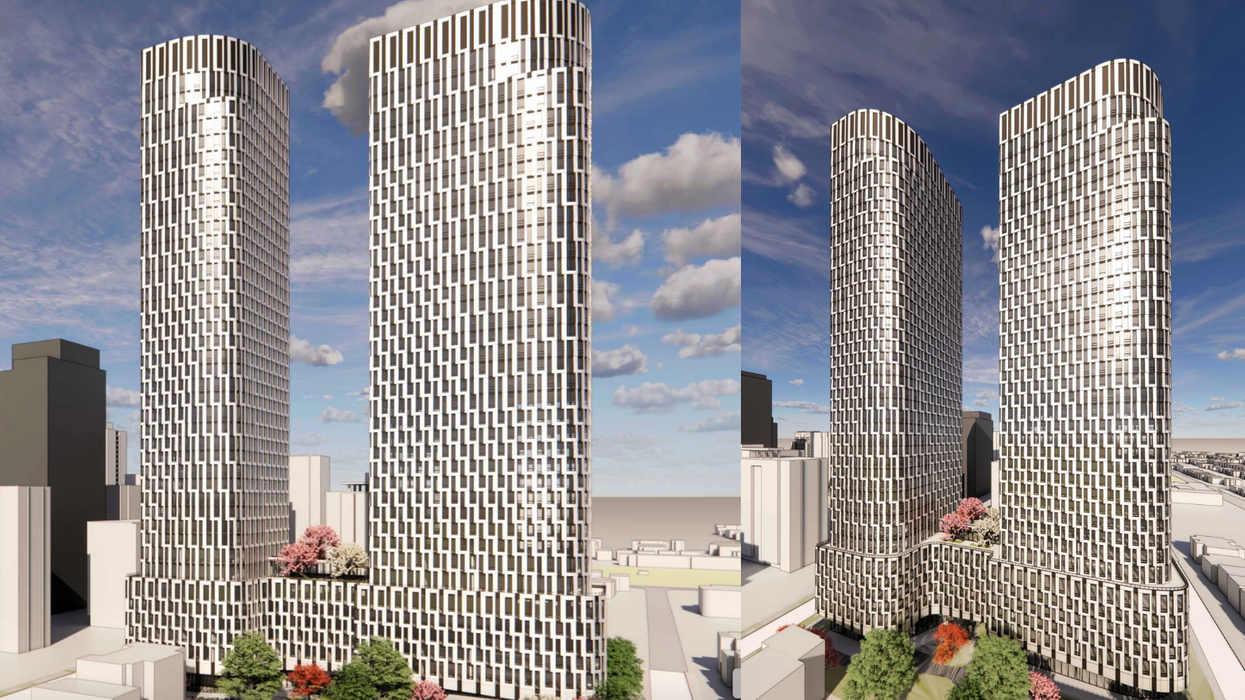
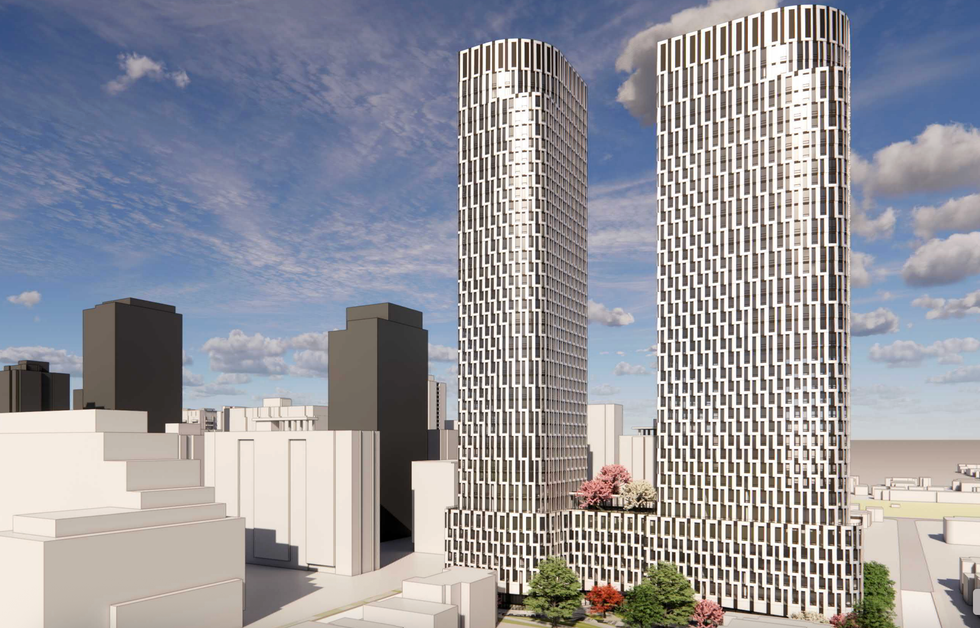

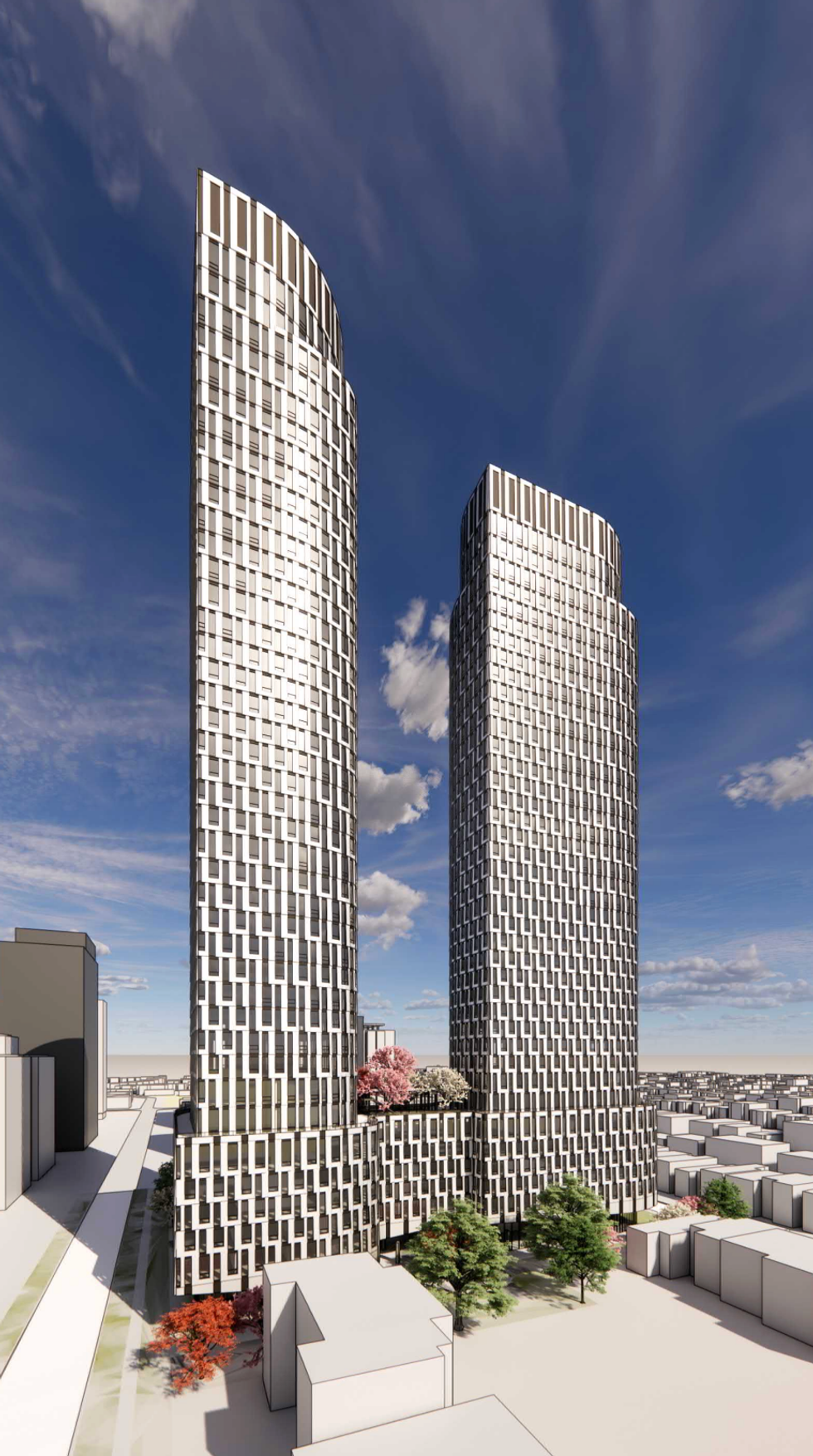
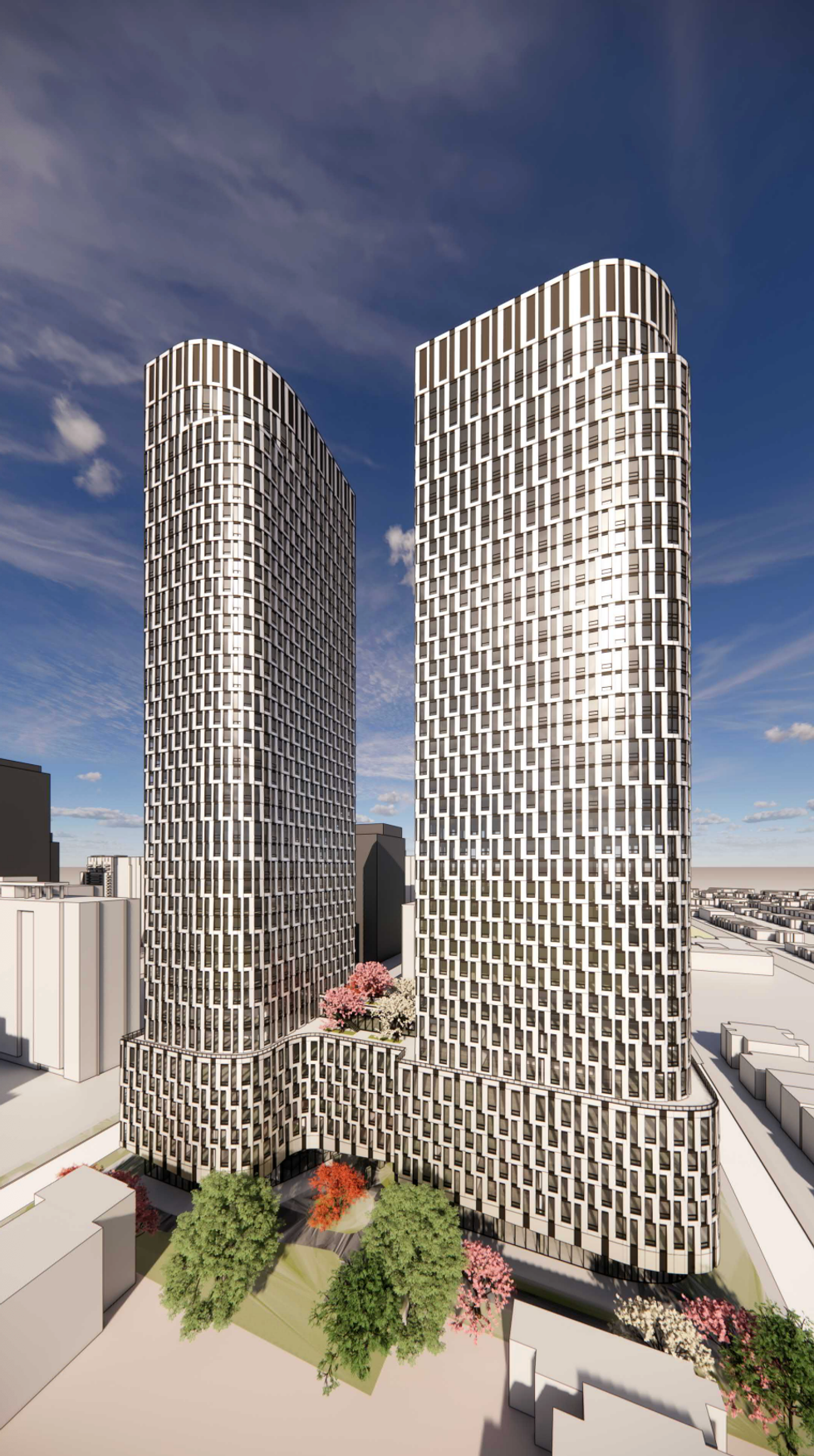
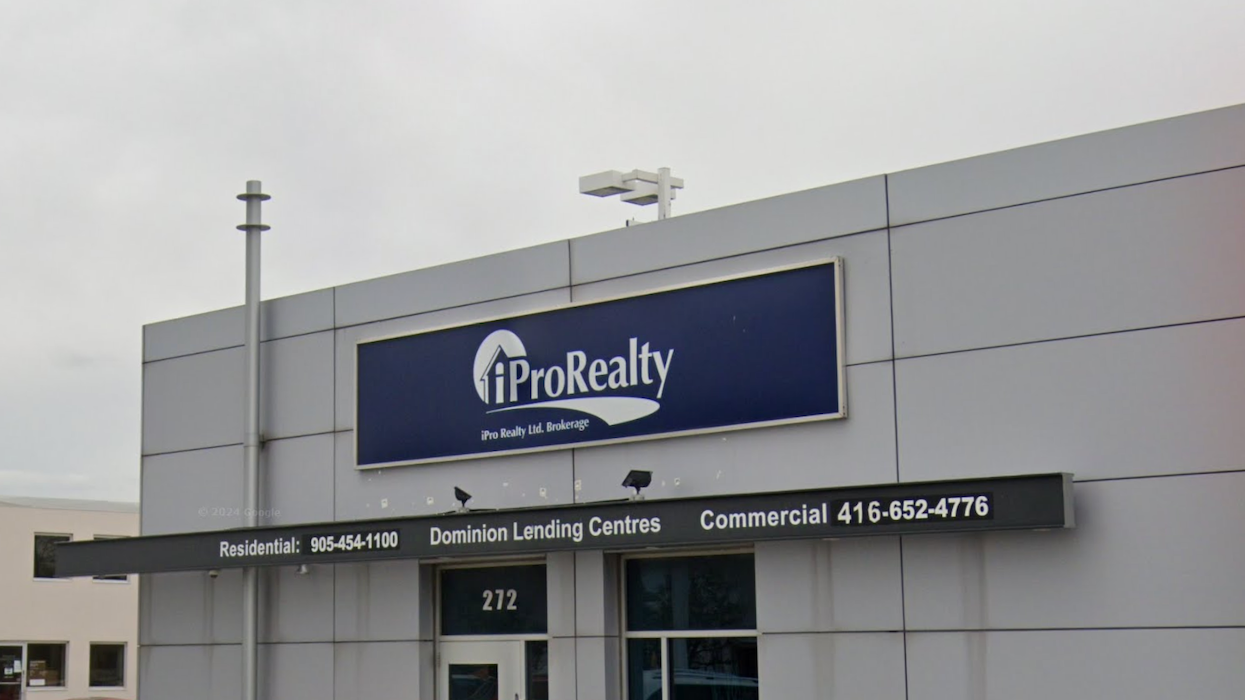
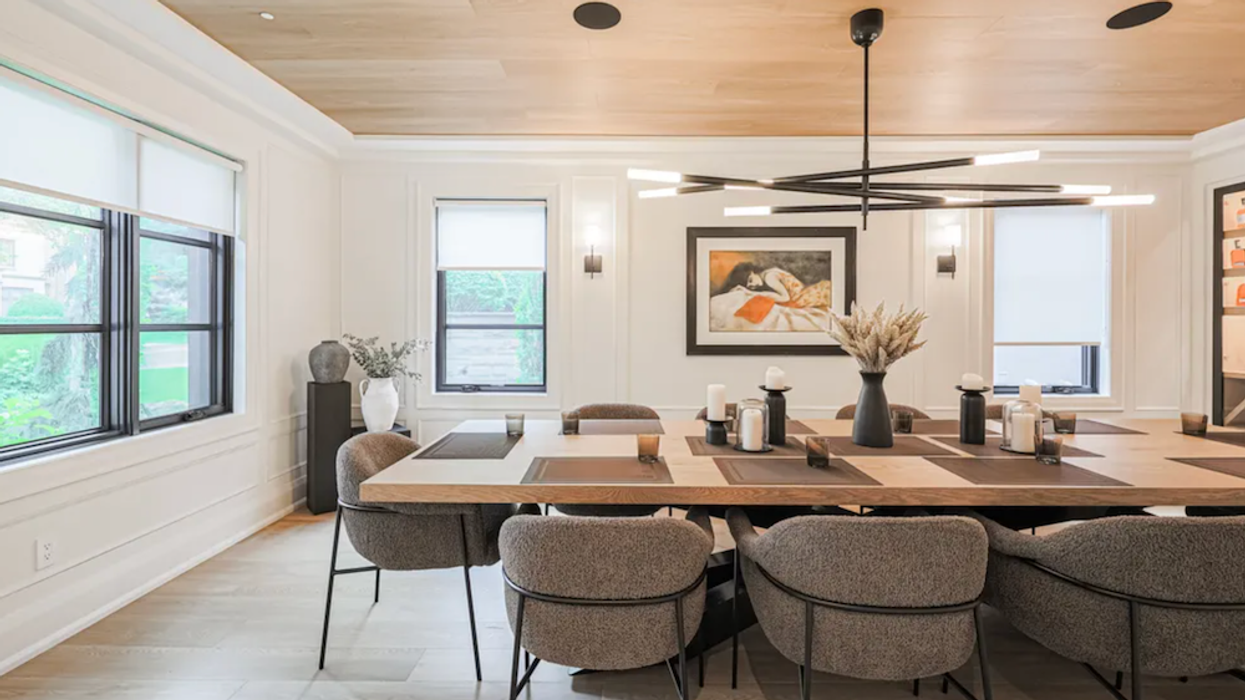
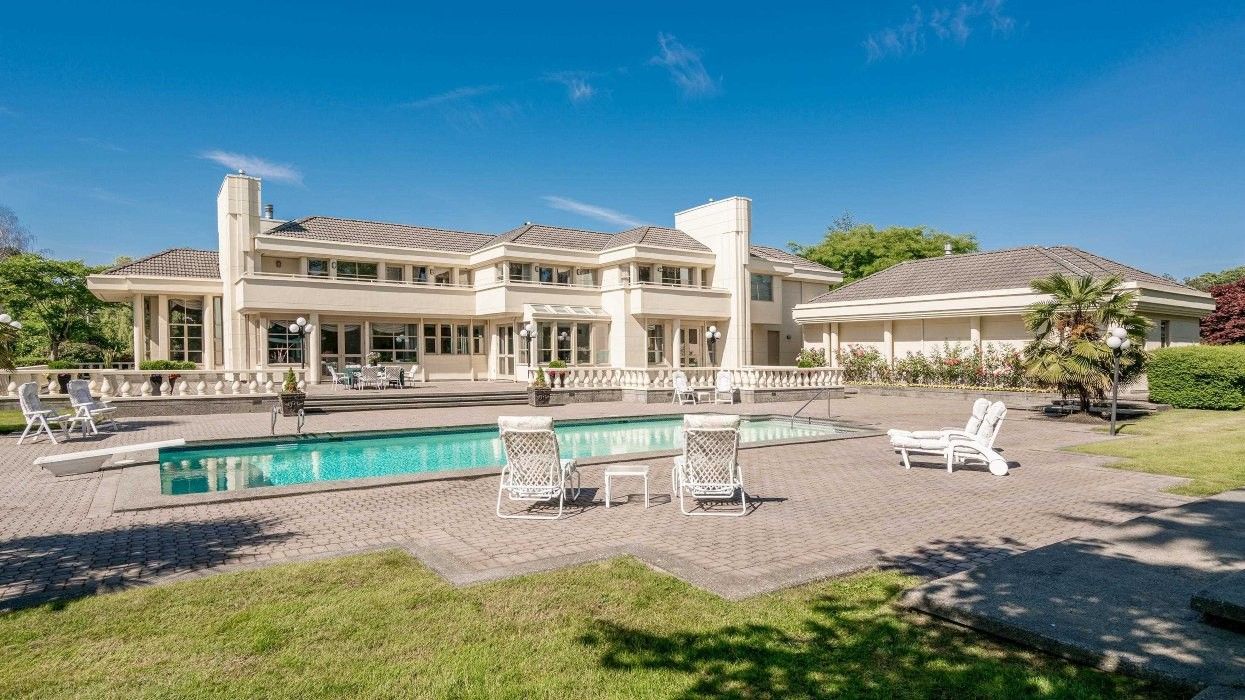

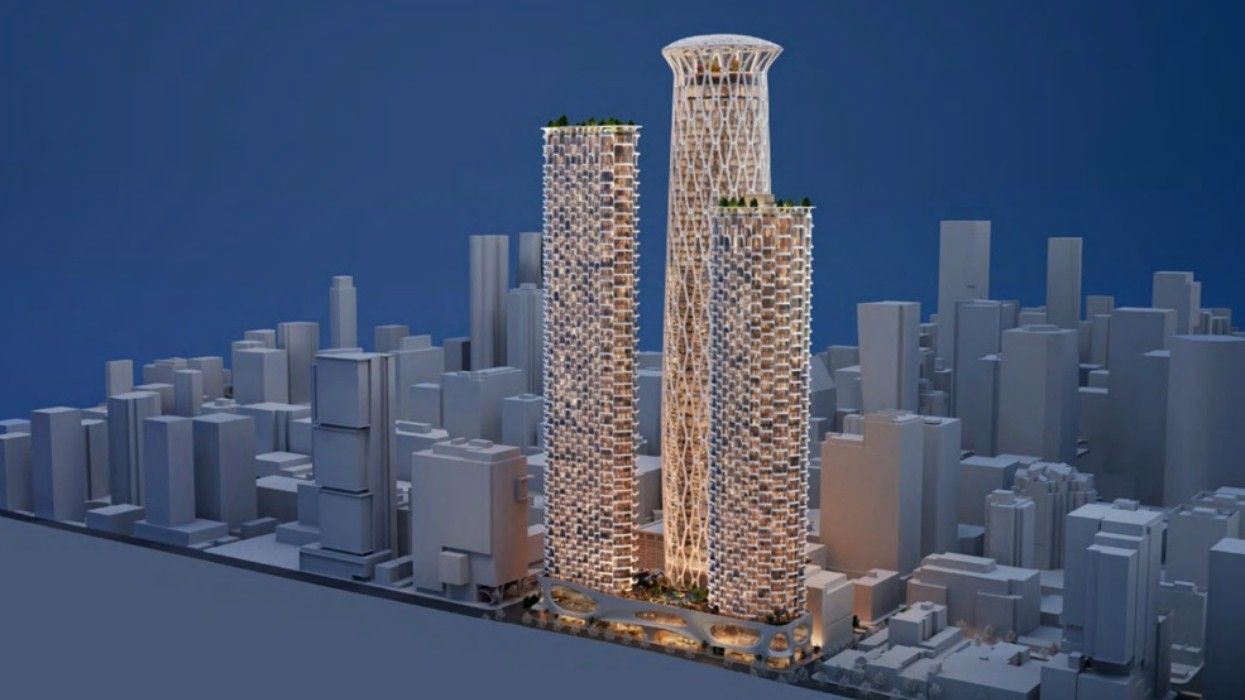
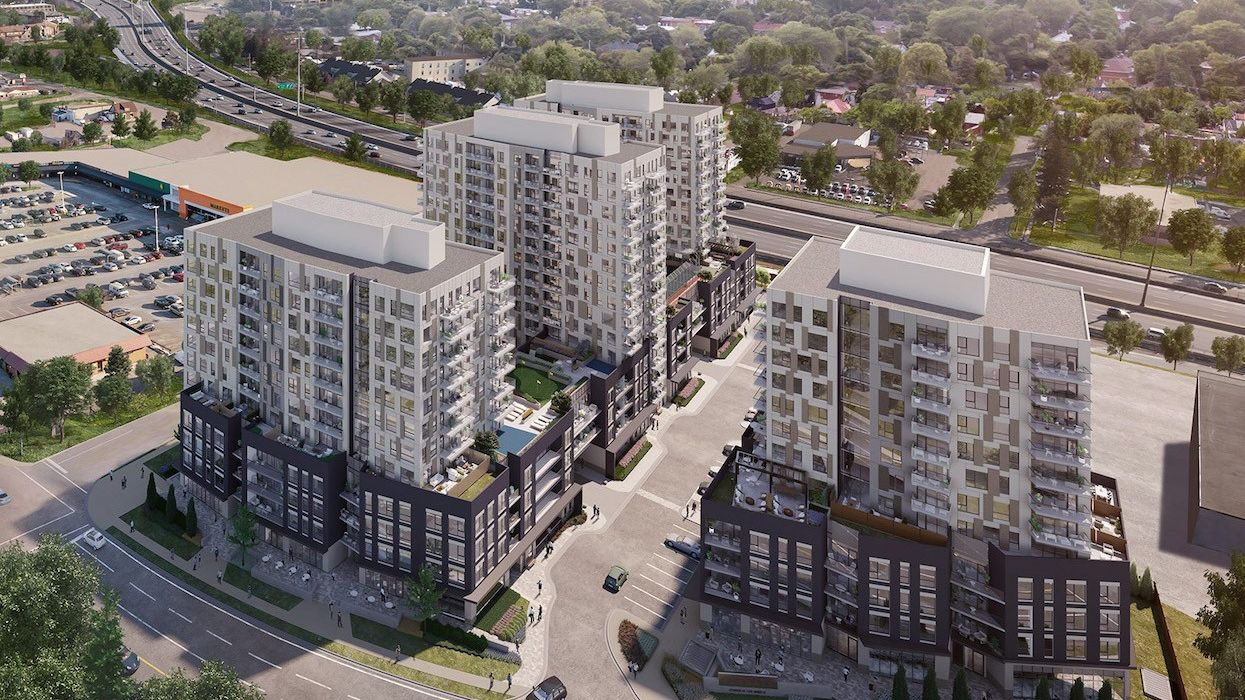


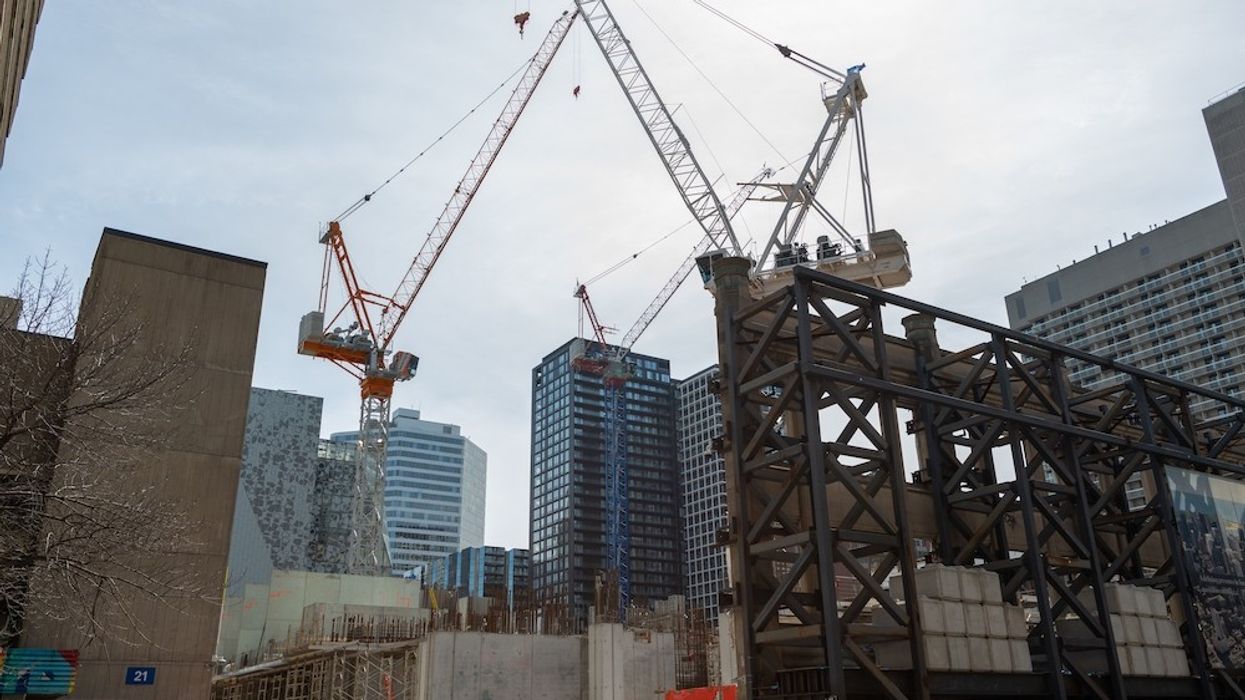
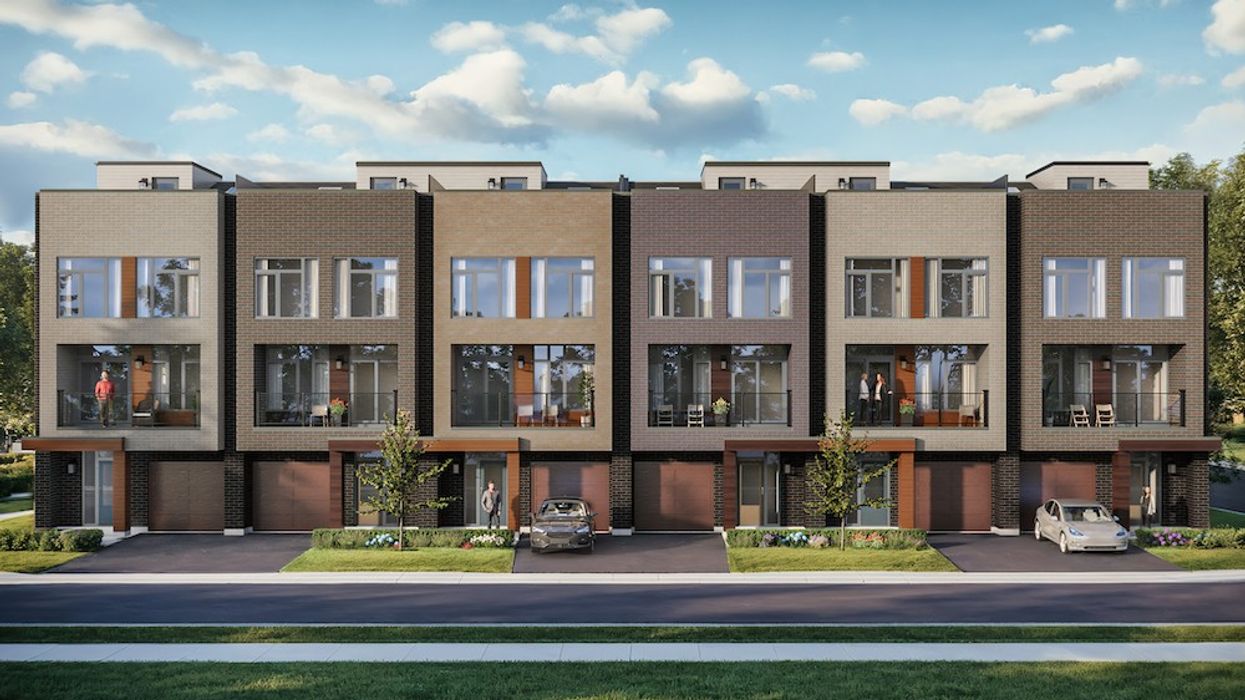
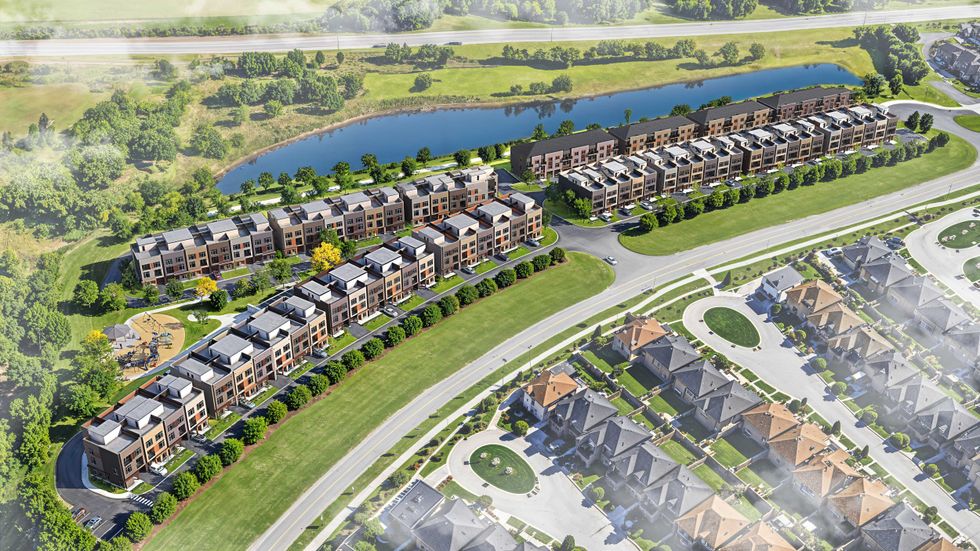 Camcos Living
Camcos Living Shutterstock
Shutterstock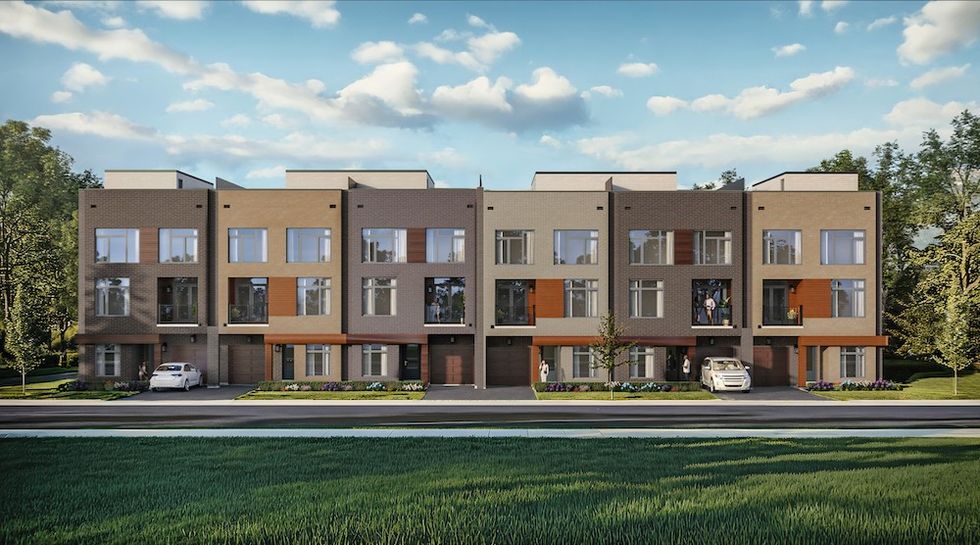 Little Rouge Block G/Camcos
Little Rouge Block G/Camcos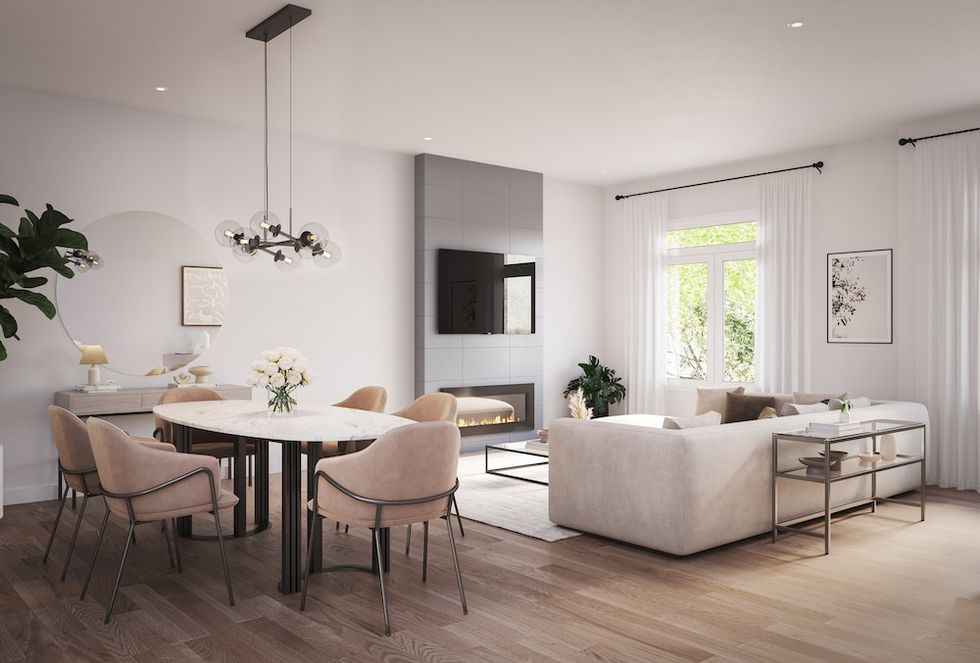 Camcos Living
Camcos Living Camcos Living
Camcos Living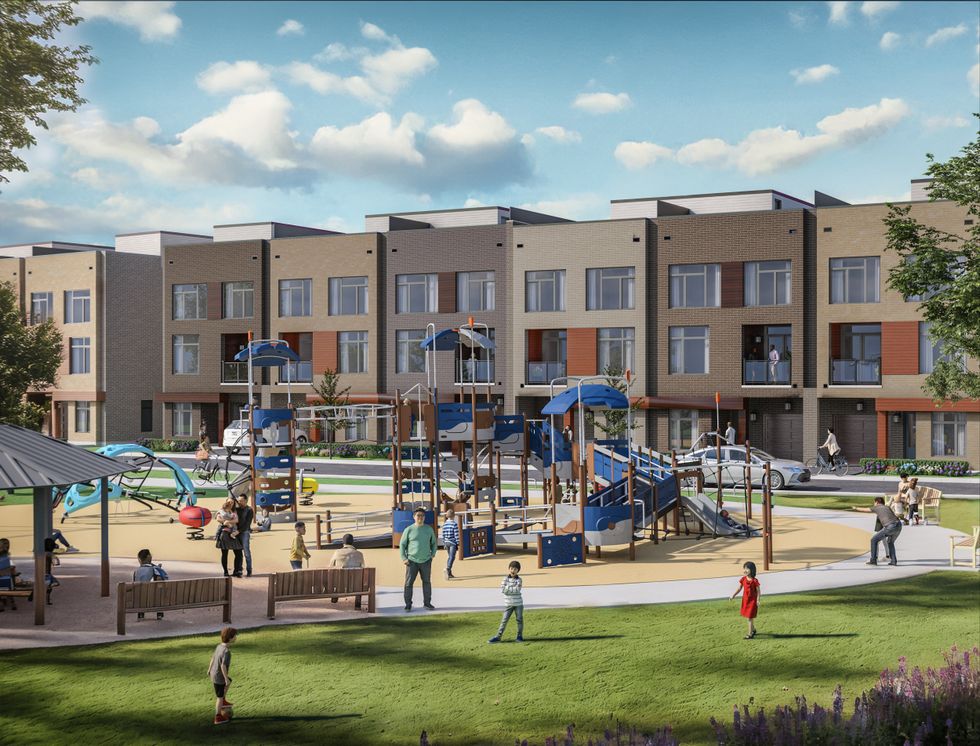 Camcos
Camcos
